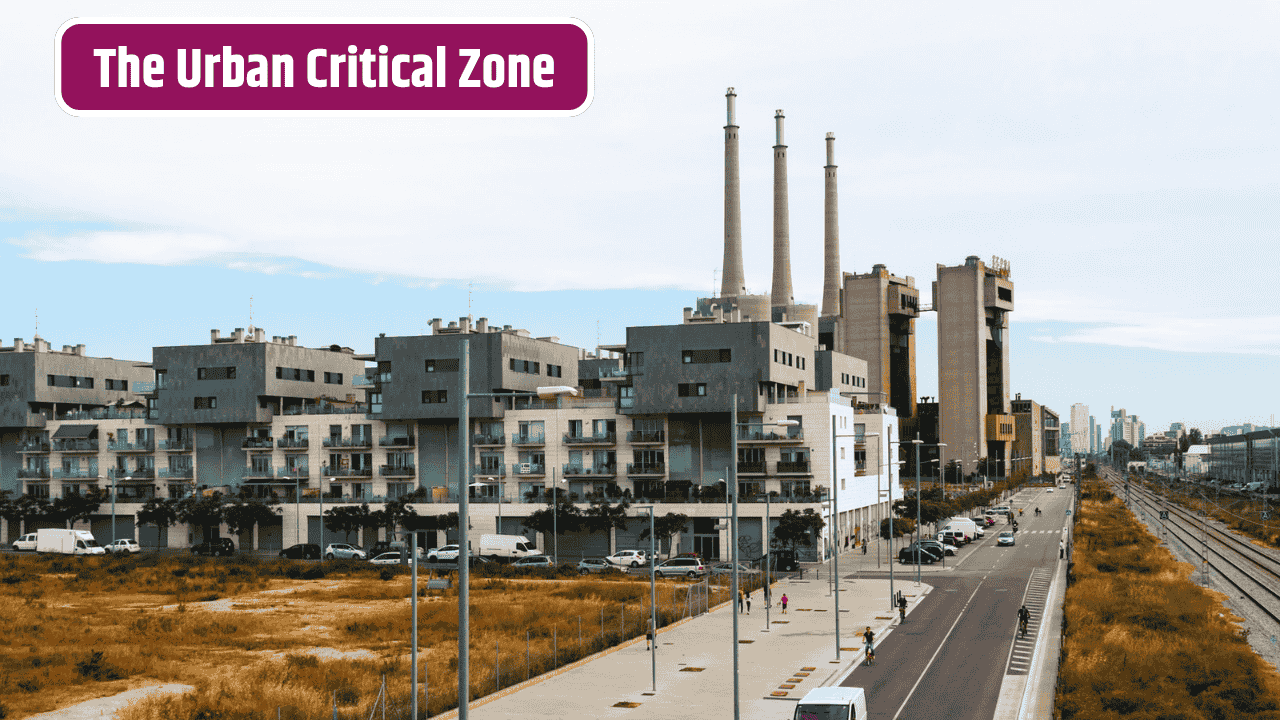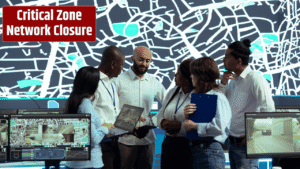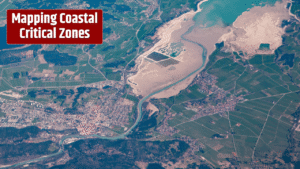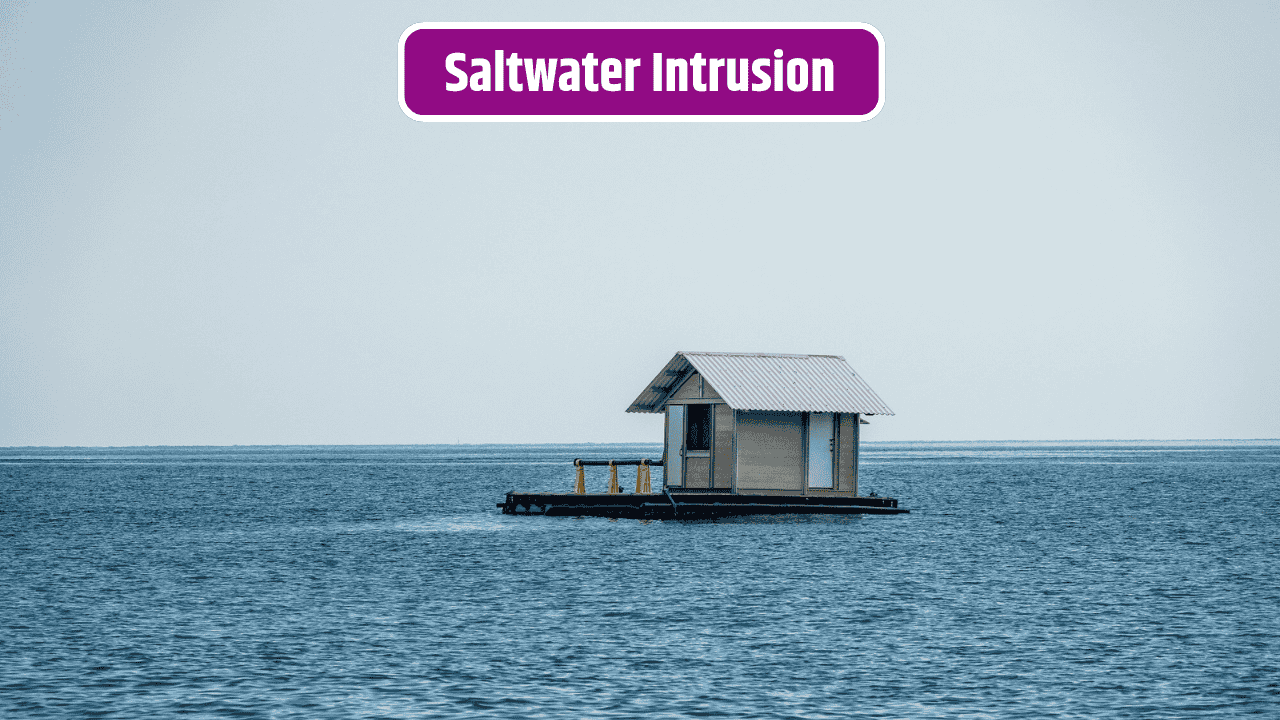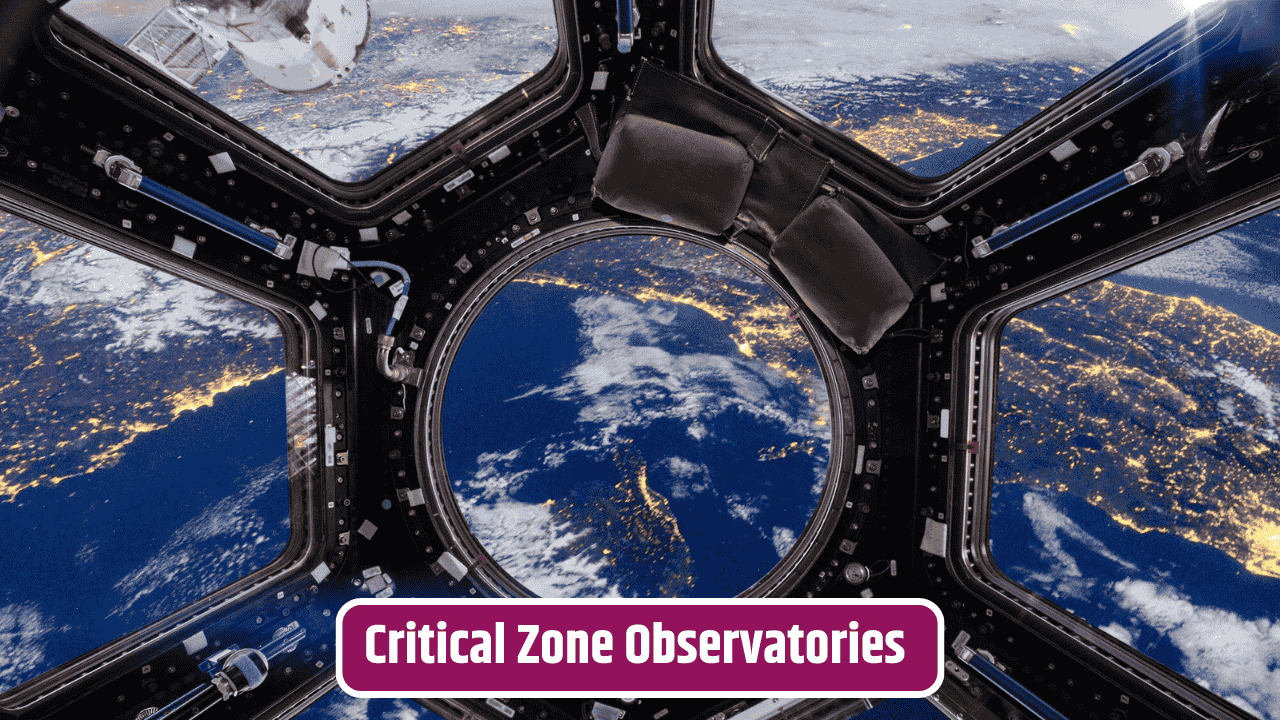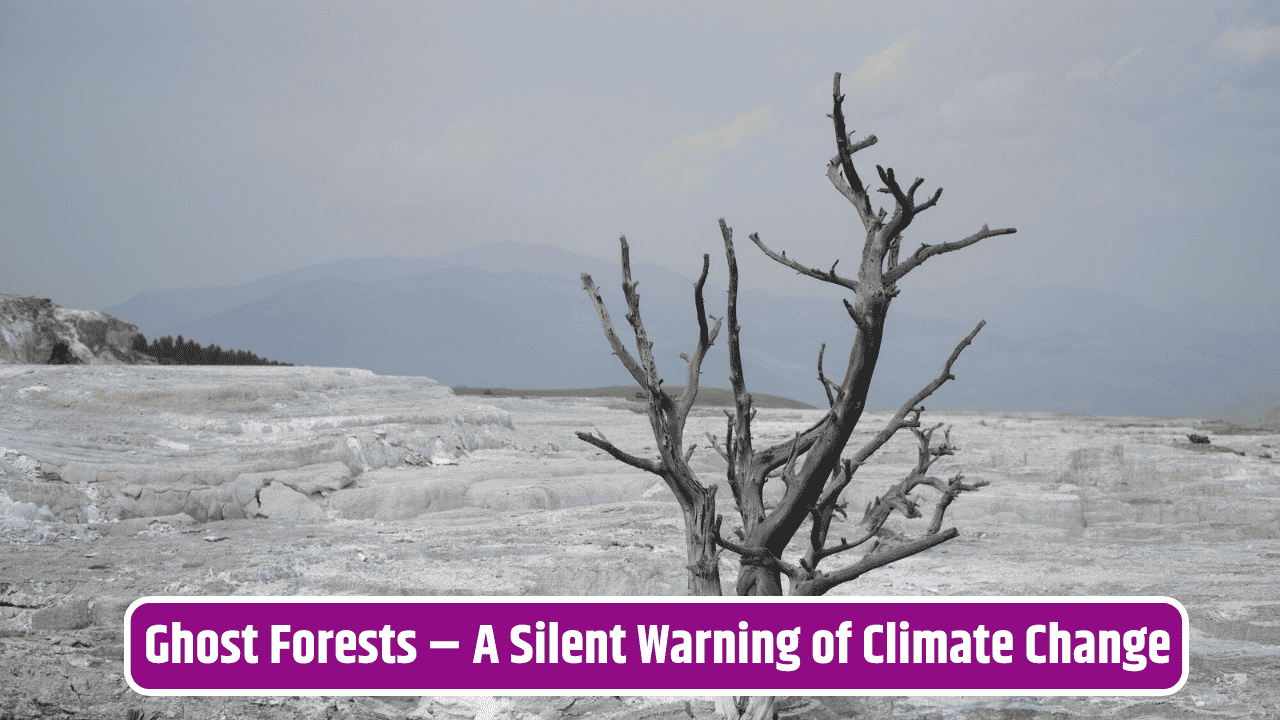It’s easy to forget, when you’re rushing through a crowded subway station or staring up at a glass tower, that cities are more than just human creations—they’re living, breathing players in Earth’s ecological drama. Every concrete sidewalk, air conditioner, and water pipe subtly (or not so subtly) reshapes natural systems. Scientists have started calling this dynamic the “Urban Critical Zone”—a term that captures how urban landscapes are increasingly steering the planet’s climate, water cycles, and even soil chemistry.
Table of Contents
What Exactly Is the Urban Critical Zone?
The concept comes from Earth system science. Traditionally, the “critical zone” refers to the thin layer of the planet where rock, soil, water, air, and living organisms interact. It’s where life exists, and it’s delicate. Cities, however, don’t just sit on top of this layer—they transform it. When forests give way to asphalt, or wetlands are drained to build housing, we’re re-engineering that critical interface.
For instance, impervious surfaces like concrete and tar change how rainwater infiltrates the ground. Instead of replenishing groundwater, it often gets diverted into storm drains, causing floods downstream. Similarly, skyscrapers and paved roads alter local wind patterns and heat distribution, creating the notorious urban heat island effect, which can push city temperatures several degrees higher than nearby rural areas.
How Cities Reshape Natural Cycles
Urban areas are like experimental labs where nature’s cycles are interrupted and re-routed.
- Water Systems: Dams, sewage systems, and sprawling pipelines rewire how water moves. In New York City, for example, water travels nearly 100 miles from the Catskills before reaching your tap.
- Air & Climate: Pollution and heat emissions from buildings and vehicles create microclimates that ripple outward, nudging larger weather patterns.
- Soil & Vegetation: Urban soils get compacted, polluted, or completely sealed off, cutting off natural processes like carbon storage and nutrient cycling.
- Biodiversity: Cities fragment habitats, but paradoxically, they also create new ones—think pigeons, raccoons, and the thousands of plant species that thrive in sidewalk cracks.
Here’s a simple way to visualize the transformation:
| Natural System | Rural Function | Urban Alteration |
|---|---|---|
| Water Cycle | Rain infiltrates soil, replenishes aquifers | Runoff into drains, risk of flash floods |
| Energy Balance | Vegetation cools air via evapotranspiration | Heat trapped in concrete & asphalt |
| Soil System | Stores carbon, filters water | Compacted, polluted, or sealed |
| Ecosystems | Biodiversity spread across landscapes | Fragmented, with selective species thriving |
Why It Matters for the Planet
The urban footprint goes way beyond city limits. By 2050, nearly 7 out of 10 people will live in cities, according to the United Nations. That means the way cities interact with the critical zone could dominate Earth’s ecological future.
If you zoom out, urban impacts are globalized. Think of how demand for steel and cement drives mining in remote mountains, or how city appetites for avocado toast affect deforestation in Mexico. Cities concentrate people, but their influence radiates everywhere.
Can Cities Become Part of the Solution?
It’s not all doom and gloom. Urban planners, scientists, and policymakers are reimagining cities as ecological allies instead of enemies. Green roofs, permeable pavements, and urban wetlands are ways of letting cities “breathe” with natural systems instead of against them.
For example, Singapore has built massive green corridors to link up fragmented habitats, while cities like Copenhagen are experimenting with blue-green infrastructure—parks and canals designed to absorb stormwater naturally rather than funneling it into sewers.
Policy also plays a big role. The U.S. Environmental Protection Agency has been pushing for more sustainable stormwater management, and organizations like NASA monitor urban heat islands to help design cooling strategies.
The Bigger Picture
At the end of the day, cities aren’t going away—they’re only getting bigger. The question is whether we’ll keep treating them as isolated, concrete bubbles or acknowledge them as part of the planet’s living fabric. The Urban Critical Zone reminds us that every street, skyscraper, and sewer line plugs directly into Earth’s systems. And once you start seeing it that way, urban life feels less like a separate reality and more like a powerful experiment we’re all participating in.
FAQs
What does “Urban Critical Zone” mean in simple terms?
It’s the layer of Earth’s natural systems—soil, water, air—that cities actively reshape through construction, pollution, and infrastructure.
How do cities affect the water cycle?
They block rain from soaking into the ground, redirecting it into drains and rivers, which increases flooding risks and reduces groundwater recharge.
Why are cities hotter than rural areas?
The urban heat island effect: concrete and asphalt trap heat, and fewer trees mean less natural cooling.
Can cities actually help the environment?
Yes—through sustainable designs like green roofs, better waste management, renewable energy, and eco-friendly transportation.
Why should ordinary people care about the Urban Critical Zone?
Because it affects daily life—air quality, flood risks, local temperatures, and even food systems are tied to how cities interact with natural systems.

